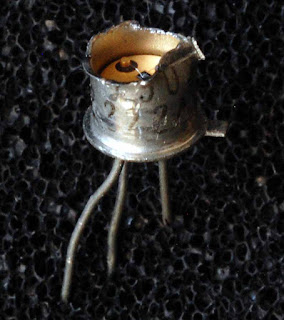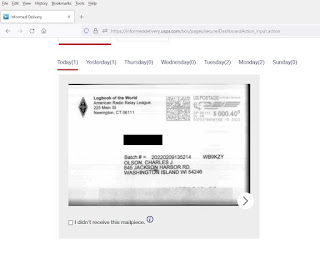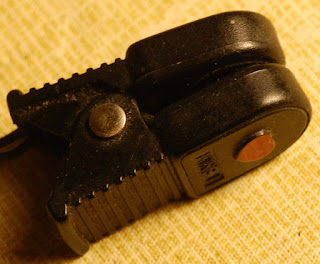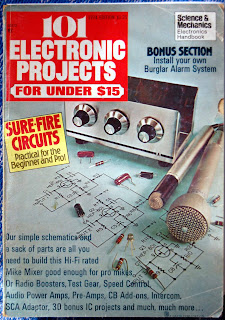Adding an audio amplfier to the Wien bridge single pot audio oscillator

Since one quarter of the LM324 quad op amp was unused by the Wien bridge oscillator, I thought that it could be used along with a complementary output transistor stage as an audio amplifier. I found this page of audio amplifiers by VE7BPO and thought that the Popcorn Audio Amplifier might work in this situation (near the bottom). https://web.archive.org/web/20140321154315/http://www.qrp.pops.net/af-amp-2008.asp However (as you might expect) instead of following the design as presented I messed around with it. Audio amp on top, Wien bridge oscillator on bottom amplifier on breadboard, note nylon bolts/nuts One change to the design is the transistors, the NPN is a 2n4921, the PNP is a 2n4918. They don't seem to be a complementary pair as I measured an Hfe of 255 for the PNP and 80 for the NPN. But I had them on hand. They aren't available anymore from the usual suspects (Mouser / Digikey). They are both in a TO-225 package. Another ...











